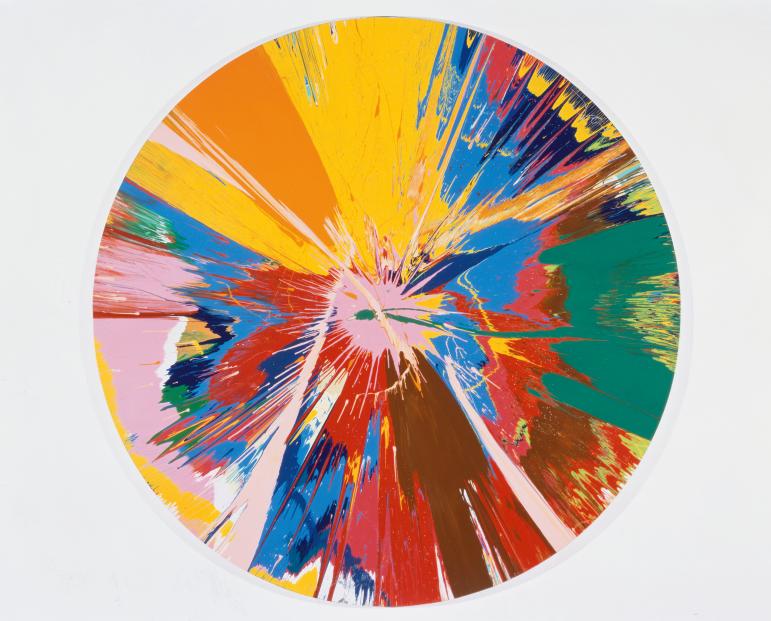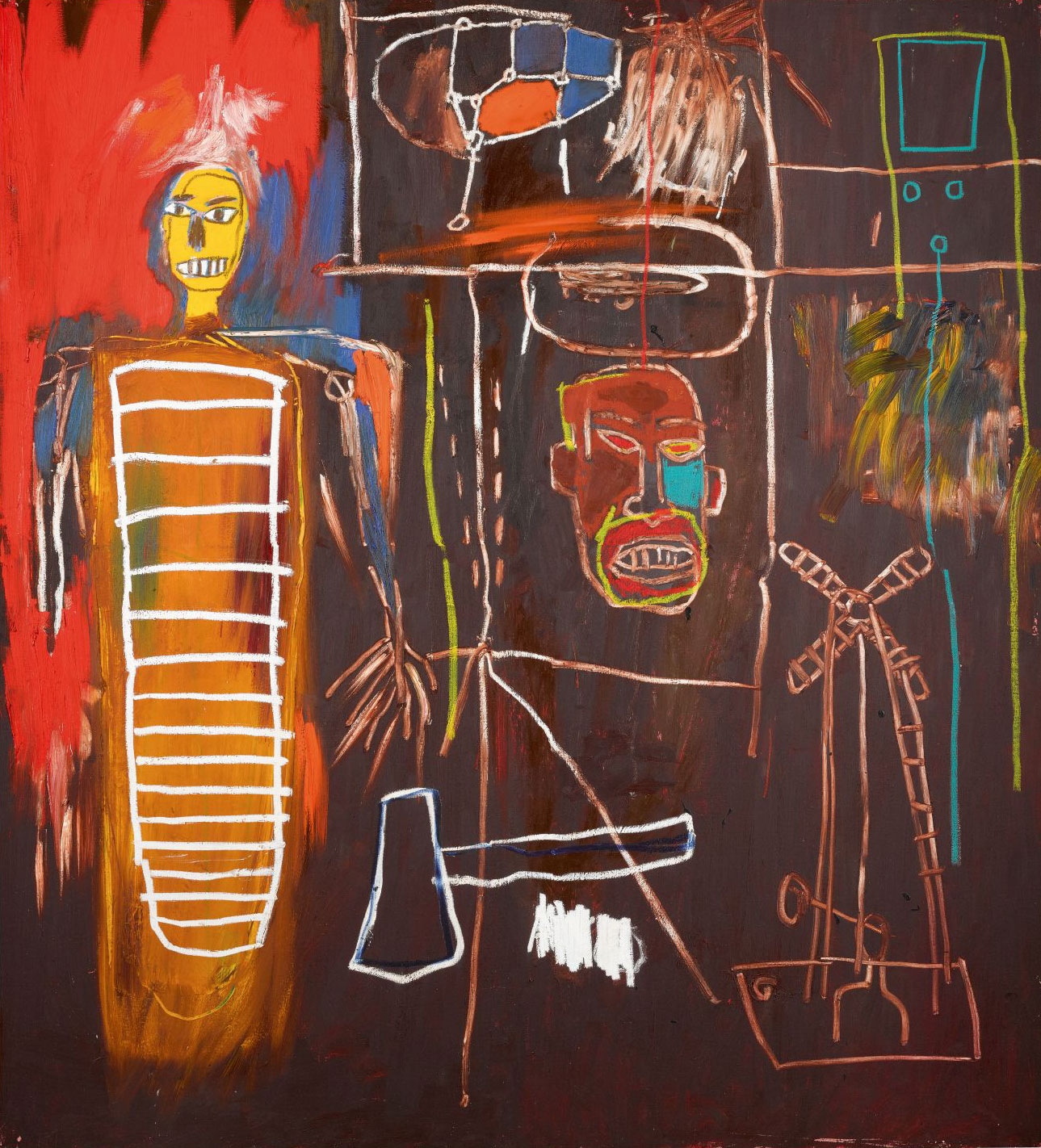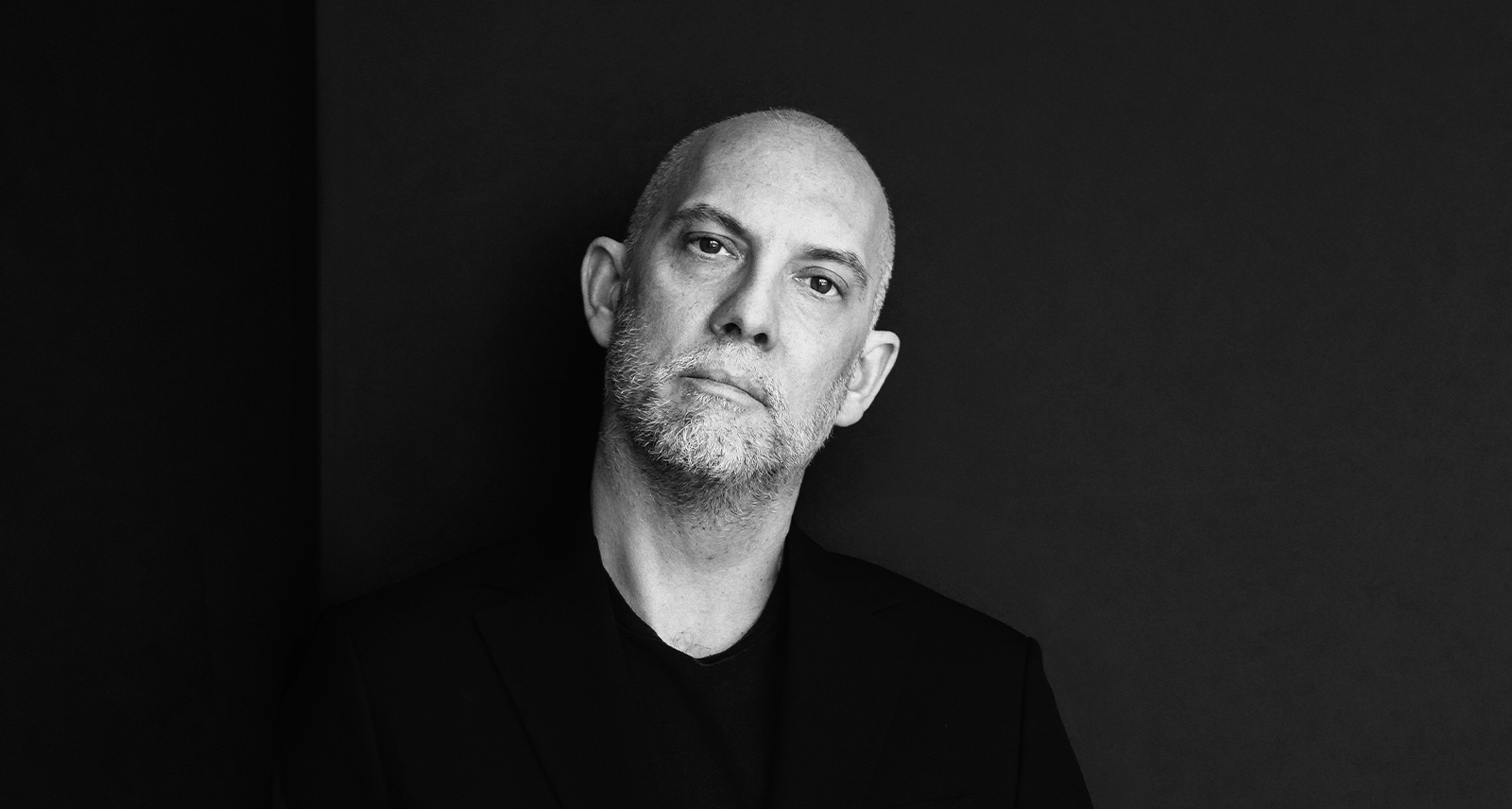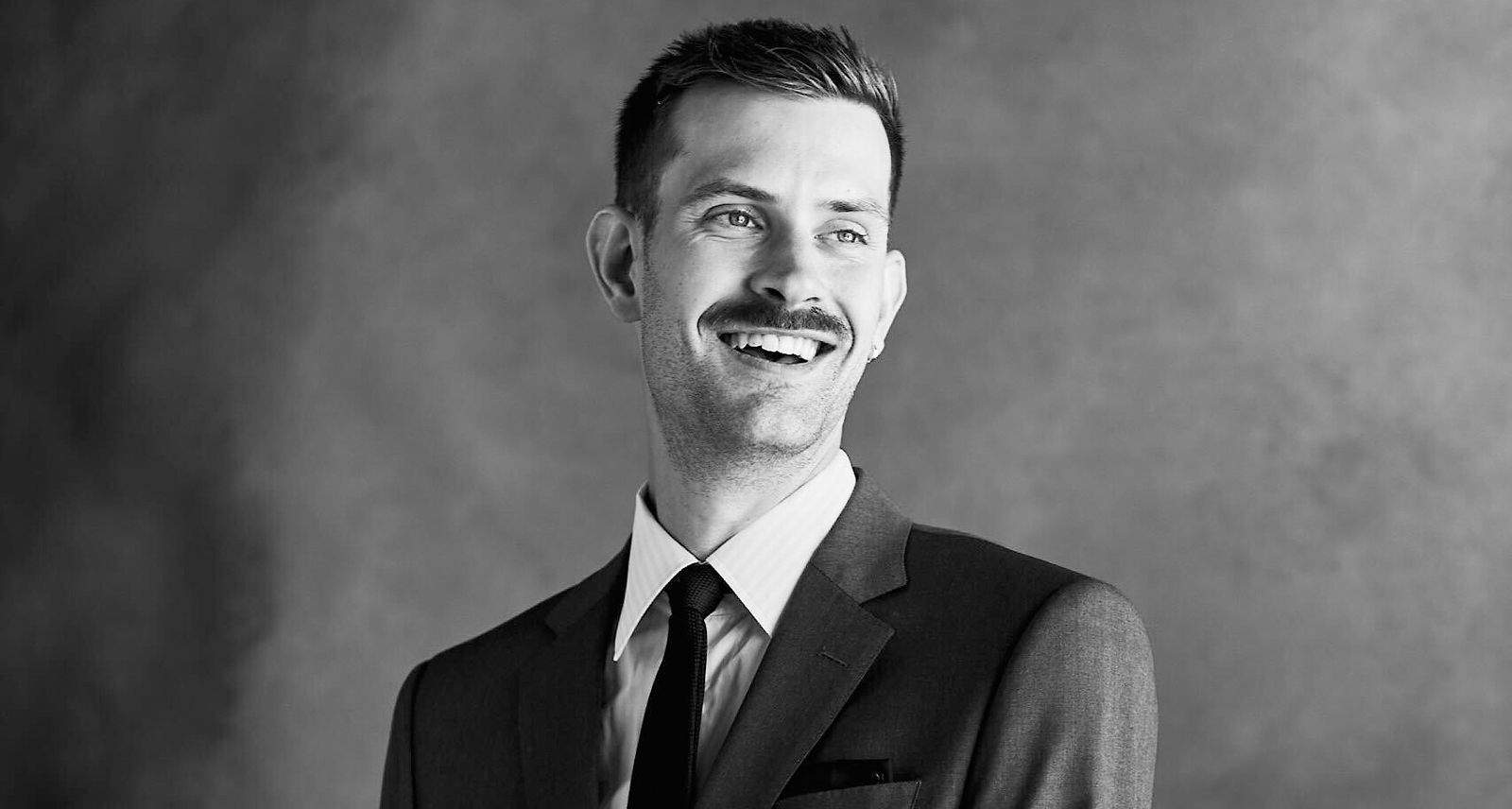David Bowie left this planet more than six months ago, but he’s still not finished surprising us. This time, the Starman has caught our attention with the recent reveal of his hush-hush art collection valued at a whopping £13 million.
Bowie’s impressive catalogue of 20th century works was a well-kept secret—which, in case you haven’t been following the celebrities-are-ruining-the-art-world debate, is a pretty big deal. Unlike other celebrity art ballers collecting for status, reputation, and highbrow cool points, Bowie chose not to flaunt his eclectic art collection. That’s rare.
Celebrities are not often known to hide their involvement in the art world. Just last month, Johnny Depp publicly sold two of his multimillion Jean-Michel Basquiat paintings, a low-blow cash grab before his pricey divorce from Amber Heard. This short-term celebrity trading raises the art’s market valuation, and art critics and academics are not happy about it. Back in 2012, David Hickey, the bad boy of art criticism, condemned our contemporary art era as “calcified by too much money, celebrity, and self-reverence.”

Damien Hirst, Beautiful, shattering, slashing, violent, pinky, hacking, sphincter painting, 1995.
That’s why David Bowie’s decision to hide his lucrative hobby is an incredible act of good faith. It seems he genuinely cared about art, in a way that wasn’t flashy and navel-gazing.
This November, Sotheby’s will publicly exhibit Bowie’s massive art collection, revealing for the first time a side of the icon that remained largely private.
That’s not to say that Bowie is the only respectable art collector in the celebrity world. Steve Martin single-handedly brought The Group of Seven to fame, for one. And even among Hollywood elites like Sofia Coppola, Madonna, and Leonardo DiCaprio (to name a few), there’s plenty of authentic passion to be found. Serious appreciation is not only for art collectors, gallery owners, and auction house managers.

Romuald Hazoumé, Alexandra, 1995.
Other celebrities have not behaved as well. In 2001, Hugh Grant, while obliterated, bought an original Andy Warhol screen printing of Elizabeth Taylor for £2 million. Less than thrilled about his drunk purchase, the actor re-sold the painting for £11 million six years later, after its value had skyrocketed.
That’s why Bowie stands out: he was fascinated by an art world where he wasn’t the centre of attention. Looking through the items he left behind in his private collection, you can see that he wasn’t just a talented musician and actor; he had a painter’s eye for the tasteful and telling.
The 400 pieces in Bowie’s art collection include modern paintings and furniture that reflect his edgy-bohemian personality, items that date from his time in Germany making his famous Berlin Trilogy, and works by artists who passionately interested him, including Jean-Michel Basquiat, Damien Hirst, Tracey Emin, and Henry Moore.

Jean-Michel Basquiat, Air Power, 1984.
Maybe this is David Bowie’s final encore. Six months after dying, he reveals yet another alter ego: serious art collector.



